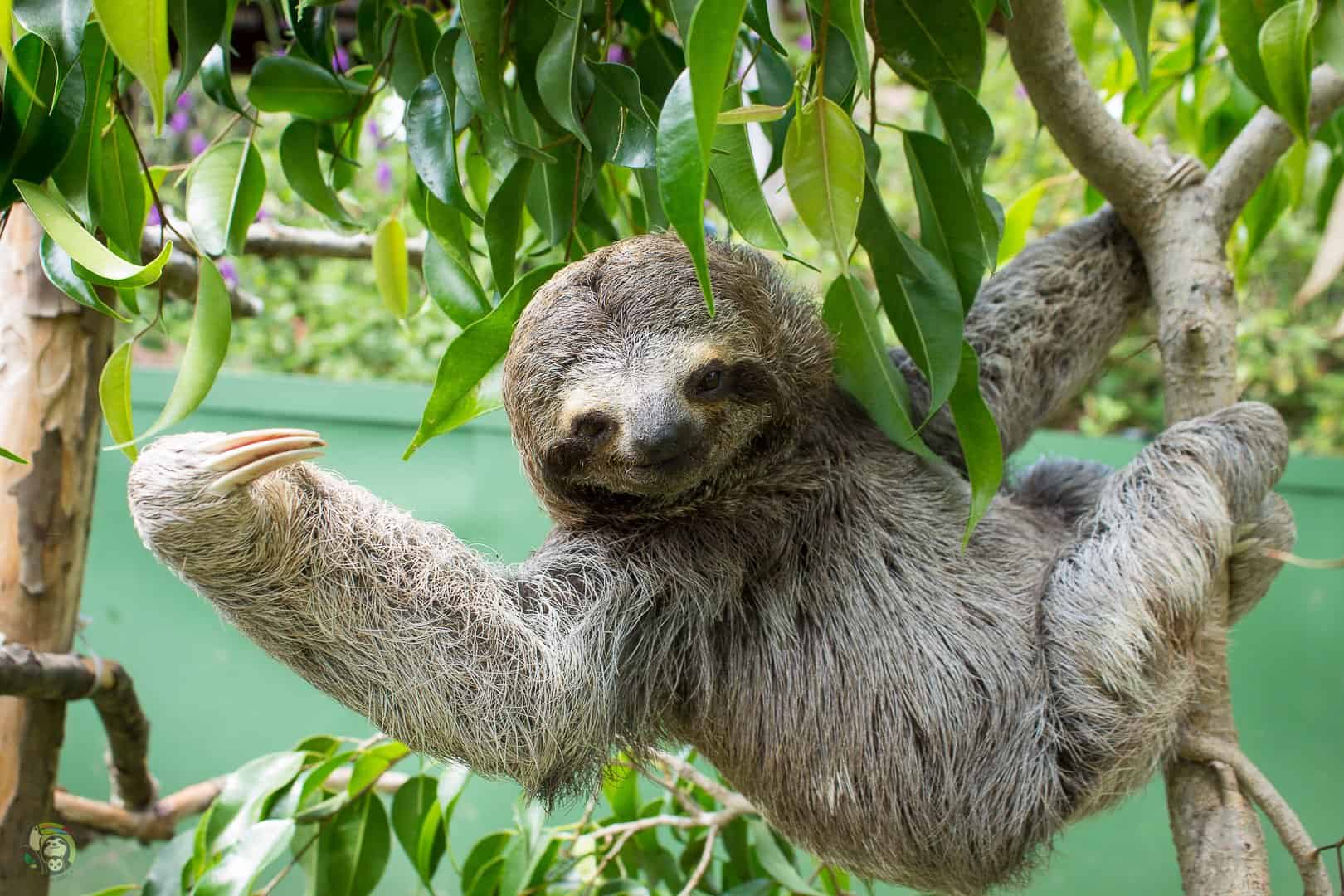Did you know that sloths used to be one of the most biodiverse groups of mammals to ever live in South America before the formation of the isthmus? Yeah, maybe it’s not my best pickup line, but an excellent topic of conversation, nonetheless.
Sloths are some of the coolest and cutest creatures to exist in the 21st century, but their story really started 65 million years ago. Sloths are Xenarthrans, a group of animals that includes the armored armadillos and the fierce anteaters. Their evolution starts long before most any other mammal.
Xenarthrans as we now know them started to evolve at a time when non-avian dinosaurs still roamed the Earth! Cool, right? This group was particularly adept at what they did due to various specializations relating to digging, such as specialized joints. They also had extra points of attachment between the vertebrae in the back. Because of this they were able to branch out into the variety of forms we see today.


Sloths as we know them appeared on Earth roughly 46 to 33 million years ago, in what is known as the Oligocene epoch. The last common ancestor between two- and three-fingered sloths diverged almost 40 million years ago, making two-fingered and three-fingered sloths as related to each other as house cats and hyenas!

Sloths quickly diversified into lots of different forms, from the gigantic 6-meter tall Megatherium, to the marine sloths like Thalassocnus and even some of the weirder species like the digging Lestodon, the rock climbing Diabolotherium and the armored Glossotherium.
Sloths used to be everywhere – from mountain cliffs to oceans!

Nowadays, however, sloth diversity has been highly reduced. After the Americas collided with each other and the Great American Biotic interchange occurred, there wasn’t a lot of space for the mighty sloth. Experts believe that overhunting by early humans may have lead to the decline of this mighty creature, and the reduced families that we have now are also facing this problem.
Today, we only have six different species of sloths, four of them three-fingered sloths and two of them two-fingered sloths. All living sloths are arboreal creatures and all of them are facing problems due to poaching and human interaction.

That is why it is important that we have rescue centers like the Toucan Rescue Ranch! Its mission is to ensure that one of the most wonderful and, once mightiest, groups of mammals to ever exist doesn’t go extinct.
— Andrés Sáenz Bräutigam is a Veterinary Assistant & Tour Guide at Toucan Rescue Ranch.
This article was produced by The Toucan Rescue Ranch. The Toucan Rescue Ranch specializes in helping wild animals recover so that they can be reintroduced into the wild.

